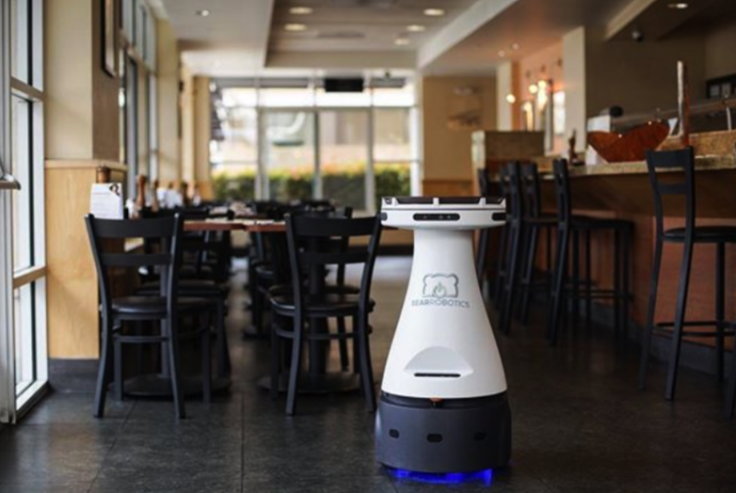Bear Robotics, a start-up that is into developing self-driving robot waiters to deliver food to restaurant customers, is planning to ramp up production of its robot called Penny, after receiving Series A investment of $32 million.
What can these robots do?
The current model of Penny is a second-generation variant that comes with a wide range of capabilities, including bringing food and drinks to a restaurant table on multiple trays, serve as a bussing station for tables, and is powered by a battery that lasts eight to 12 hours on a full charge.

The self-driving robots are designed for indoor spaces and essentially navigate from one point to another. A human server places the food on Penny and it finds a way to deliver it to the table. It is also pretty safe and can even detect objects in its navigational paths such as a baby's hands on the floor or even something as small as a wallet that may have fallen off a table.
Will they replace humans?
Bear Robotics CEO John Ha says the Penny robots will only make the lives of the servers easier by carrying food to the desired destination and does not believe it will be taking away human jobs. The company claims that a typical restaurant waiter walks between five and nine miles a day, so Penny will reduce the amount of labour the humans need to perform. "It is designed to help servers spend more time with customers by doing dirty and physical work for them," Ha wrote in a Medium post.
Where can they be used?
Bear Robotics is currently testing the robot in restaurants, casinos, and some homes, and Ha expects the robots to help out at nursing homes in the future. Penny robots will not be sold to establishments but will be leased to them instead, on a subscription-based plan for services including maintenance and support.
Thus begins the age of robot-as-a-service (RaaS), though paying a server a monthly rate that includes maintenance sounds suspiciously like paying a salary with health insurance, except in this case the money goes to a robot.
Japan robots in service already
However, robots as waiters is not new. In Japan, similar robots in female attire named OriHime-D, weighing 20 kg are working as waiters since 2018. These white robots are 1.20 meters in height and were introduced to serve at a cafe in Tokyo. They are operated by disabled people. See video below:









